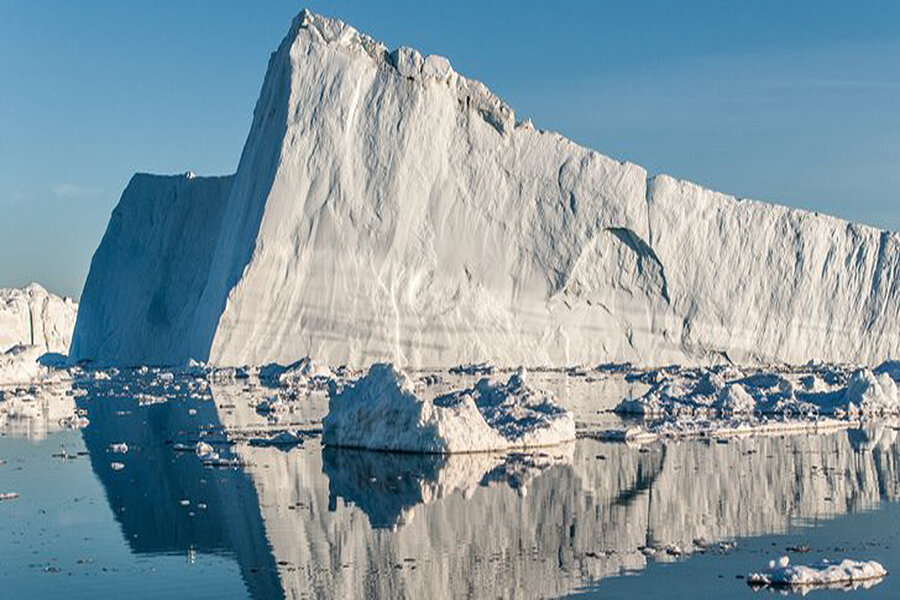Glacier that sank the Titanic is really on the move, say scientists
Loading...
The glacier that produced the iceberg that sank the Titanic in 1912 is on the move – this time at a record-breaking speed.
Jakobshavn Glacier (also known as Jakobshavn Isbræ) is now moving at a speed that appears to be the fastest ever recorded for any Greenlandic glacier, according to researchers from the University of Washington and Germany's space agency, who measured the speed of the glacier in 2012 and 2013 using satellite data. The results were published in a paper titled, "Further summer speedup of Jakobshavn Isbræ," on Feb. 3 in The Cryosphere, an open access journal of the European Geosciences Union.
"We are now seeing summer speeds more than four times what they were in the 1990s, on a glacier which at that time was believed to be one of the fastest, if not the fastest, glacier in Greenland," said Ian Joughin, a glaciologist at the University of Washington's Polar Science Center and the lead author of the paper. Due to all the ice that falls on Greenland every year, an ice sheet is created.
"It is like honey spreading out," he says.
Jakobshavn Glacier is actually a fast current of ice within this ice sheet. When the current reaches the ocean, chunks of ice breakaway from the glacier. Eventually these icebergs melt causing a sea levels to rise, Dr. Joughin told the Monitor.
In the summer of 2012 Jakobshavn Glacier was moving at an alarming pace and reached a record speed of more than 17 kilometers per year, or over 46 metres per day, according to a press release from the European Geosciences Union.
What is remarkable about the Jakobshavn Glacier is that "even after all the mass that it has already lost, it is able to keep doing it, year after year,” said Benjamin Smith, a glaciologist at the UW’s Polar Science Center and co-author of the paper. “A smaller glacier would settle down after losing that much mass. Jakobshavn’s ability to drain ice from the ice sheet is really exceptional among all of the glaciers in Greenland.”
As the Arctic region warms, Greenland glaciers such as Jakobshavn have been thinning and 'calving' – or breaking off – icebergs further and further inland. This means that, even though the glacier is flowing towards the coast and carrying more ice into the ocean, its calving front is actually retreating, stated the press release.
The scientists note that the glacial motion during summer is not permanent, as glaciers tend to move more slowly over the winter.
But in a press release from the University of Washington, researchers say that Jakobshavn Glacier's average annual speed over the past few years is nearly three times what it was in the 1990s.
“We know that from 2000 to 2010 this glacier alone increased sea level by about 4/100 of an inch (1 mm). With the additional speed it likely will contribute a bit more than this over the next decade,” Joughin said.
It appears that increase in Greenland's temperature could be the reason, he says.
The effort is to understand what will happen 20 years down the line, he adds.








